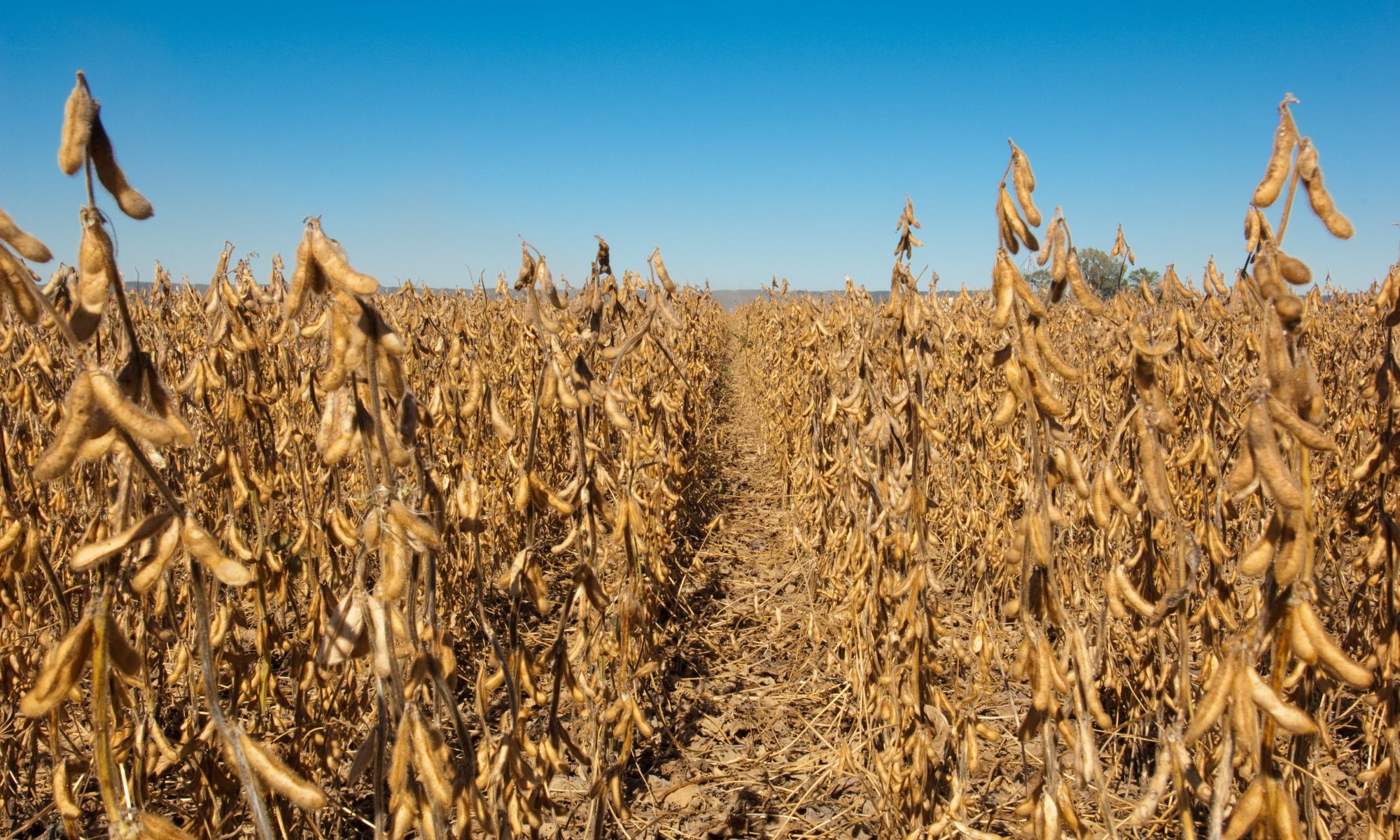They say you don’t know what you have until it’s gone, and that may very well be the case of Great Plains farmers and ranchers who are experiencing significant losses of soil due to erosion. A recently published study uses numerous case studies from the Great Plains states to highlight the importance of soil health to ensure soil security. Soil security recognizes the role soil has in meeting today’s global challenges of food security, water security, and climate change. Soil health influences the goods and services we receive from the soil, so it is necessary that we understand how soil is being both compromised and sustained. By making growers and consumers aware of the externalities of degraded soil health, we can hope to better the agricultural system.
Land used for cultivation has increased over the last several years in the area of interest, drastically changing the landscape. Clearing land for crop use by conventional means, entails the removal of grasslands and perennial crop cover such as grasses and trees. In doing so, the soil becomes loose as it is no longer held together by roots and the topsoil becomes exposed. This allows for erosion by wind or water to occur. Wind can carry the soil into the air, creating dust storms capable of blocking sunlight. Water that runs off of the land can create gullies and carry sediment to nearby streams, affecting water quality and life within the streams. A gully formed 25 m wide by 95 m long and almost 10 m deep at a ranch in Texas.
The ranch owner notes,
“We’re still fighting erosion up here on all our land, is a constant battle, and we’re consistently losing creek bank after storms due to the severity of runoff upland of us…most creeks here hadn’t moved 5 feet [≈1.5 m] in decades, but now they’re moving 50–60 ft per year [≈17 m].”
The need for sustainable agricultural practices and improved land use planning with incentives for farmers to adopt soil or water conservation practices, is necessary. Conservation agriculture practices include no tillage or reduced soil disturbance, diversifying crop rotations, maintaining high levels of crop residue between plantings (corn stalks and stems left on the field between growing seasons), incorporating cover crops into crop rotations and integrating livestock into the cropping system. Soil is essential for nutrient cycling, biodiversity, and water regulation- not to mention, providing our world with food. Traditional farming practices cannot feed the world in a way that is both good for humans and the environment.
Source:
Benjamin L. Turner, Jay Fuhrer, Melissa Wuellner, Hector M. Menendez, Barry H. Dunn, Roger Gates. 2018. Scientific case studies in land-use driven soil erosion in the central United States: Why soil potential and risk concepts should be included in the principles of soil health. International Soil and Water Conservation Research. DOI.











